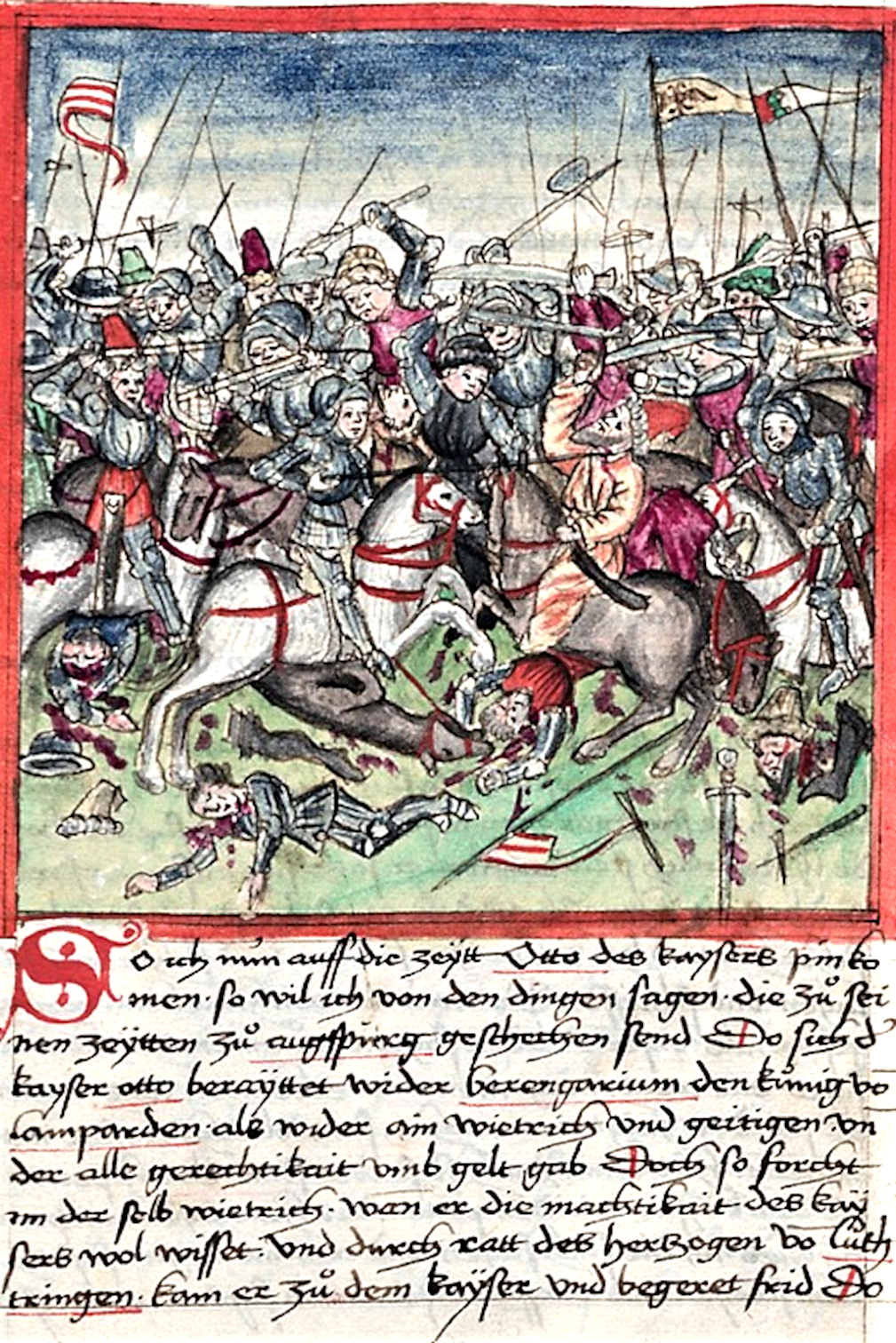|
Beijing Schmidt CCD Asteroid Program
The Beijing Schmidt CCD Asteroid Program (SCAP) was an astronomical survey to search for near-Earth objects. It was conducted during the 1990s, at the Xinglong Station in Xinglong County, Chengde, Hebei province, China and resulted in the discovery of more than a thousand numbered minor planets. Funded by the Chinese Academy of Science, the survey is sometimes also called BAO Schmidt CCD Asteroid Program and NAOC Schmidt CCD Asteroid Program, referring to the Beijing Astronomical Observatory (BAO) and National Astronomical Observatory of China (NAOC), respectively. The instrument that SCAP used to detect near-Earth objects was a 60/90 cm Schmidt telescope. Equipped with a 2048×2048 CCD camera, this telescope was installed at the BAO Xinglong station in Hebei province, China. In a conversation with Space.com contributor Michael Paine, SCAP head Jin Zhu said that the program's allotted time to use the Schmidt telescope was significantly reduced to make room for the observ ... [...More Info...] [...Related Items...] OR: [Wikipedia] [Google] [Baidu] |
Minor Planet
According to the International Astronomical Union (IAU), a minor planet is an astronomical object in direct orbit around the Sun that is exclusively classified as neither a planet nor a comet. Before 2006, the IAU officially used the term ''minor planet'', but that year's meeting reclassified minor planets and comets into dwarf planets and small Solar System bodies (SSSBs).Press release, IAU 2006 General Assembly: Result of the IAU Resolution votes International Astronomical Union, August 24, 2006. Accessed May 5, 2008. Minor planets include asteroids ( |
Asteroid
An asteroid is a minor planet of the inner Solar System. Sizes and shapes of asteroids vary significantly, ranging from 1-meter rocks to a dwarf planet almost 1000 km in diameter; they are rocky, metallic or icy bodies with no atmosphere. Of the roughly one million known asteroids the greatest number are located between the orbits of Mars and Jupiter, approximately 2 to 4 AU from the Sun, in the main asteroid belt. Asteroids are generally classified to be of three types: C-type, M-type, and S-type. These were named after and are generally identified with carbonaceous, metallic, and silicaceous compositions, respectively. The size of asteroids varies greatly; the largest, Ceres, is almost across and qualifies as a dwarf planet. The total mass of all the asteroids combined is only 3% that of Earth's Moon. The majority of main belt asteroids follow slightly elliptical, stable orbits, revolving in the same direction as the Earth and taking from three to six years to comple ... [...More Info...] [...Related Items...] OR: [Wikipedia] [Google] [Baidu] |
Comet
A comet is an icy, small Solar System body that, when passing close to the Sun, warms and begins to release gases, a process that is called outgassing. This produces a visible atmosphere or coma, and sometimes also a tail. These phenomena are due to the effects of solar radiation and the solar wind acting upon the nucleus of the comet. Comet nuclei range from a few hundred meters to tens of kilometers across and are composed of loose collections of ice, dust, and small rocky particles. The coma may be up to 15 times Earth's diameter, while the tail may stretch beyond one astronomical unit. If sufficiently bright, a comet may be seen from Earth without the aid of a telescope and may subtend an arc of 30° (60 Moons) across the sky. Comets have been observed and recorded since ancient times by many cultures and religions. Comets usually have highly eccentric elliptical orbits, and they have a wide range of orbital periods, ranging from several years to potentially several mill ... [...More Info...] [...Related Items...] OR: [Wikipedia] [Google] [Baidu] |
Comet Zhu–Balam
Comet Zhu–Balam (C/1997 L1) is a long-period comet first identified by David D. Balam on June 8, 1997 and originally photographed by Zhu_Jin_(astronomer), Jin Zhu on June 3, 1997. The comet is estimated at 10 kilometres in diameter with a period of approximately 36,800 years. Given the orbital eccentricity of this object, different Epoch (astronomy), epochs can generate quite different heliocentric unperturbed Two-body problem, two-body curve fitting, best-fit solutions to the aphelion distance (maximum distance) of this object. For objects at such high eccentricity, the Suns Barycentric coordinates (astronomy), barycentric coordinates are more stable than heliocentric coordinates. Using JPL Horizons On-Line Ephemeris System, JPL Horizons the barycentric orbital elements for epoch 2015-Jan-01 generate a semi-major axis of 1100 AU and a period of approximately 36,800 years. (Solution using the Solar System Center of mass#Barycenter in astrophysics and astronomy, Baryce ... [...More Info...] [...Related Items...] OR: [Wikipedia] [Google] [Baidu] |
31065 Beishizhang
{{Numberdis ...
31 may refer to: * 31 (number) Years * 31 BC * AD 31 * 1931 CE ('31) * 2031 CE ('31) Music * ''Thirty One'' (Jana Kramer album), 2015 * ''Thirty One'' (Jarryd James album), 2015 * "Thirty One", a song by Karma to Burn from the album '' Wild, Wonderful Purgatory'', 1999 Film and television * ''31'' (film), a 2016 horror film * 31 (Kazakhstan), a television channel * 31 Digital, an Australian video on demand service, and before 2017 an Australian community television channel from Brisbane, Queensland. Other uses * Thirty-one (card game) See also * * * * * Channel 31 (other) * Highway 31 (other) * Section 31 (other) * List of highways numbered 31 The following highways are numbered 31: International * Asian Highway 31 * European route E31 Australia * Hume Highway ** Hume Motorway ** Hume Freeway * - South Australia ** Gorge Road ** Little Para Road ** South Para Road ** Lyndoch Val ... [...More Info...] [...Related Items...] OR: [Wikipedia] [Google] [Baidu] |
29552 Chern
Year 955 ( CMLV) was a common year starting on Monday (link will display the full calendar) of the Julian calendar. Events By place Europe * August 10 – Battle of Lechfeld: King Otto I ("the Great") defeats the Hungarians (also known as Magyars) near Augsburg (Germany). Otto's army (7,000 men), mainly composed of heavy cavalry, overwhelms the Hungarians along the Lech River. The German losses are heavy, among them Conrad ("the Red") and many other nobles. The commanders of the Hungarian army, Bulcsú and Lehel, are captured and executed. This victory puts an end to the Hungarian campaigns into western Europe. * October 16 – Battle on the Raxa: Otto I, allied with the Rani tribe, defeats the Obotrite federation, led by Nako and his brother Stoigniew (probably at the Recknitz or Elde rivers) near Mecklenburg. The Elbe Slavs are forced to pay tribute, and accept a peace agreement. England * November 23 – King Eadred (or Edred) dies childless ... [...More Info...] [...Related Items...] OR: [Wikipedia] [Google] [Baidu] |


.jpg)
